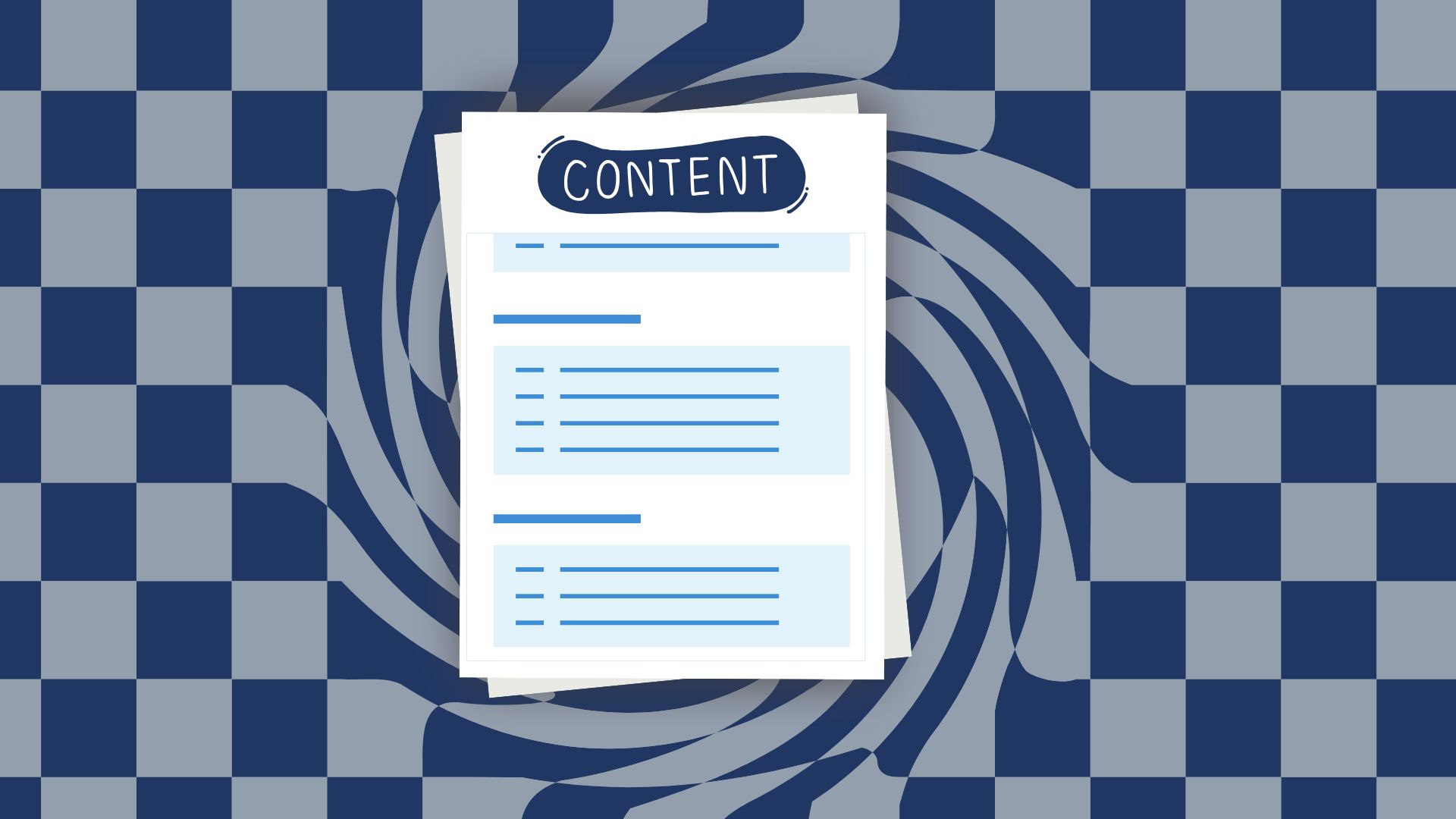Quality content doesn’t have to be mystified to those who aren’t writers or marketers; the aspects of what makes quality content can make assessing ‘great’ content simpler.
Here are the key aspects of writing strong copy:
Tone: Is how you choose to represent your brand’s point of view or attitude towards a subject. This can be done through the choice of language, the style used, or the way the sentences are structured.
Clarity: The content needs to be clear for the reader to understand, so make it clear and concise.
Brand Alignment: The Content you create should always align with your brand, and make sure the content is relevant to your business. The best way to make sure the content is aligned is to create content that pertains to the subject or service you offer.
The Perfect Content Checklist
1. Purpose: Does This Content Serve a Clear Goal?
Any content you produce needs to have an objective to it, whether that’s to increase traffic, convert, educate, inspire, or reassure (this would be relevant to medical copy, for instance).
Ensure the call to action you use is aligned with the content’s purpose, so, for example, you’re creating a blog about the effects of a specific product or treatment, you’ll then want to use the call to action promoting the product to encourage sales.
2. Audience Fit: Is It Written with the Right Reader in Mind?
You need to write to your audience’s needs, fix their problems and answer their questions. Formatting your content with the search queries in mind allows you to better target keywords.
Write to the level of your customer’s awareness around the subject matter, which includes cutting out jargon or any overly complex language.
3. Clarity: Is the Message Easy to Understand?
Keep the content easy to read through short sentences and use language that isn’t complicated. Keep the formatting clear with headings, bullet points where needed, and utilising paragraphs to create a readable structure.
Pro tip: Can someone skim and still understand the key points?
4. Structure: Is It Easy to Navigate and Digest?
Any copy needs to have a clear structure to it, and start with your introduction to the subject, introducing the problem or subject. The body will then contain the value, so any solutions or information around a particular subject will be covered in this section. In the conclusion, you’ll summarise the discussion with a CTA. The call to action should have purpose and help you achieve the objective of the content, whether that’s to convert leads or to encourage engagement.
Make sure that your content is clearly labelled too, utilising sub-headings to section out content. Subheadings are particularly important for making your content easy to scan when reading.
5. Value: Does It Say Something Useful or New?
Your content needs to provide some value to the reader, whether that’s introducing a new perspective or offering more insight. You can provide more insight utilising data, graphics, video assets or by utilising a different format type, like using audio instead.
6. Accuracy & Trust: Can This Content Be Taken Seriously?
Make sure the information you provide is factual; the last thing you want is to be creating content containing misleading information. Inaccurate content is not only penalised by Google, but it also demonstrates a lack of understanding to the reader.
Authority is built on the foundation of assurance that the information your website provides is accurate and authentic. Make sure any old statistics are kept up to date to keep your content continuously relevant.
Another aspect of building trust is by garnering a portfolio of positive reviews, quotes, testimonials, case studies and awards.
7. SEO Essentials: Is It Findable Online?
Another way to assess if content is ‘good’ is whether it includes the keywords that are going to help you rank for a specific subject. Optimising your page title, meta description, and H1 tag will be particularly useful for ranking on the search engine.
Incorporate any internal links where you can, whether that’s leading to a product/ service page or redirecting to other similar content.
Having a checklist can help you, a non-copywriter, sign off on content with ease, by being able to understand the direction and intent of the content produced. Want content that ticks every box? We’ll help you build a library you’re proud of.






